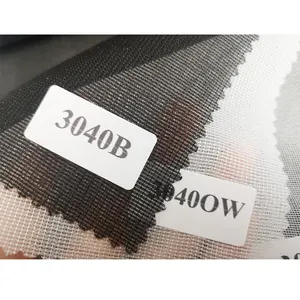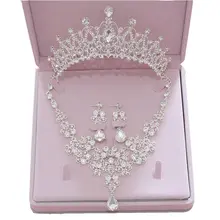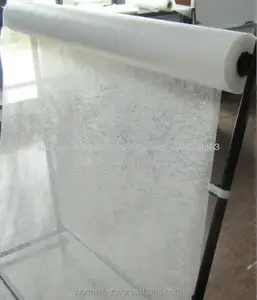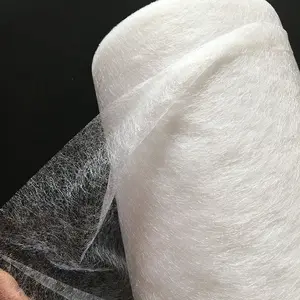Exploring Double Sided Fusible Interlining
Within the textile industry, double sided fusible interlining has emerged as a pivotal component for various garments, offering both structure and support. This category of interlining is particularly designed to be fused on both sides, making it a versatile addition to a myriad of apparel items.
Types and Composition
The composition of double sided fusible interlining typically involves materials such as polyester (PES) and polyamide (PA), with the inclusion of a thermoplastic adhesive that allows for the interlining to bond with fabrics. The diversity in materials ensures that there are options suitable for different fabric weights and types. The construction of these interlinings can vary, with double dot and other bonding patterns providing different levels of adhesion and flexibility.
Applications in Garment Construction
Double sided fusible interlining is extensively used in the construction of suits, shirts, and other structured garments. Its ability to adhere to both sides of a fabric piece makes it an ideal choice for areas requiring additional rigidity, such as collars, cuffs, and waistbands. The use of this interlining can significantly enhance the garment's overall appearance, providing a crisp, tailored look.
Features and Advantages
One of the key features of double sided fusible interlining is its shrink-resistance, which ensures that the garment maintains its shape and structure after washing. Additionally, options are available that offer stretch properties, catering to the demand for comfort in fitted apparel. Water-soluble versions are also available for temporary support during the stitching process, which can be easily removed later.
Color Variations and Selection
When it comes to aesthetics, double sided fusible interlining is available in a spectrum of colors, including white, black, and gray, to seamlessly blend with a variety of fabrics. This ensures that the interlining does not alter the color integrity of the garment.
Environmental Considerations
In response to growing environmental concerns, the textile industry has seen a rise in the demand for eco-friendly interlining options. Manufacturers are increasingly focusing on sustainable practices, offering double sided fusible interlining that aligns with these values without compromising on performance.









































 浙公网安备 33010002000092号
浙公网安备 33010002000092号 浙B2-20120091-4
浙B2-20120091-4